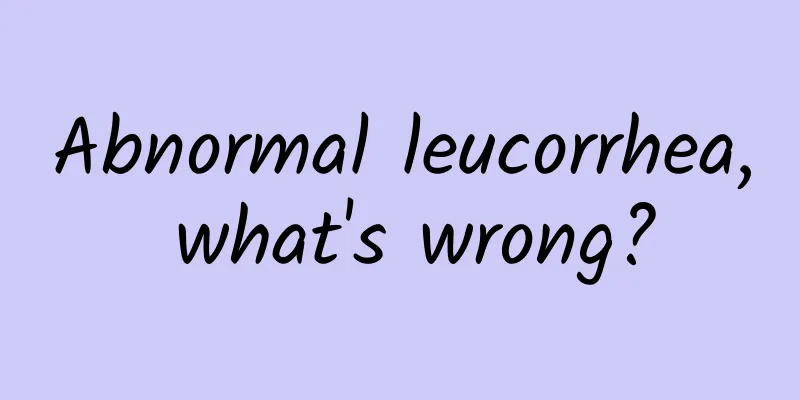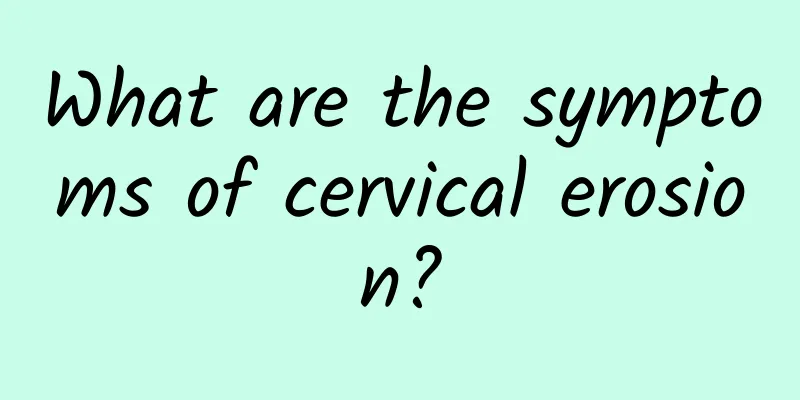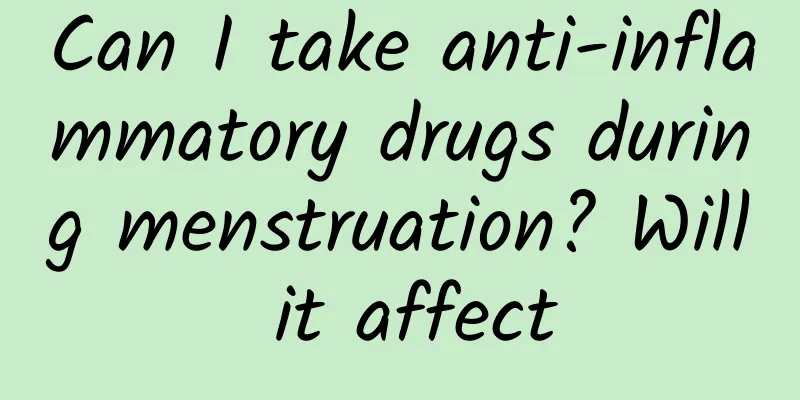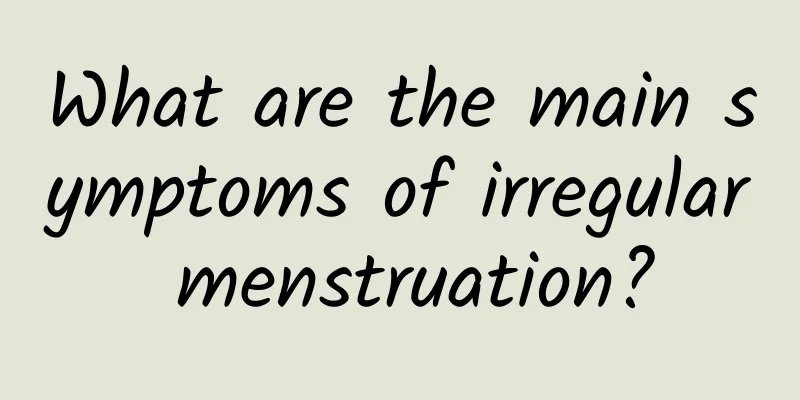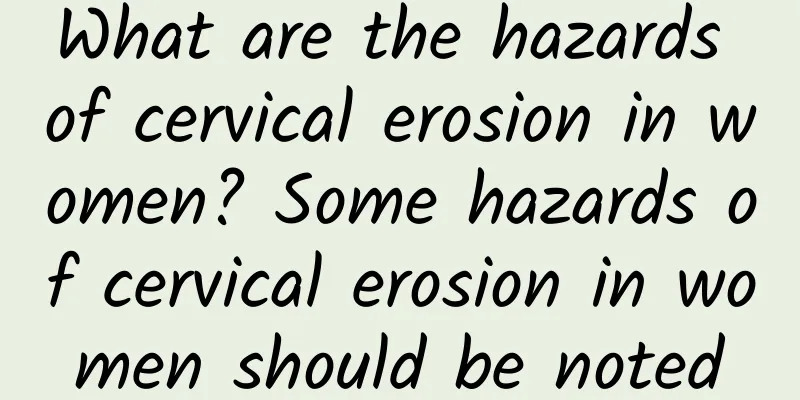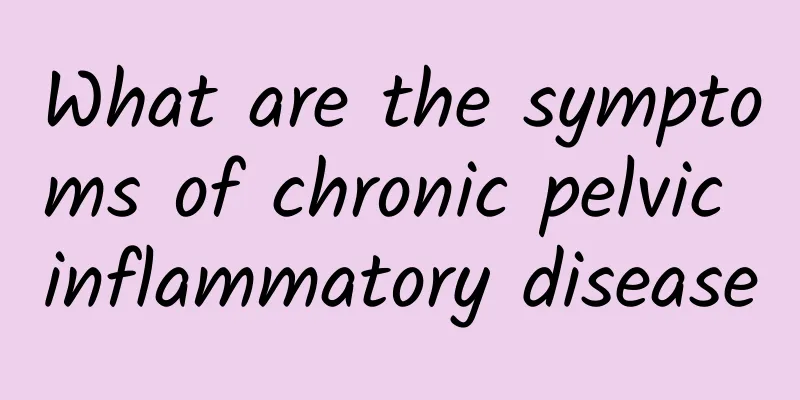What are the characteristics of uterine fibroids?
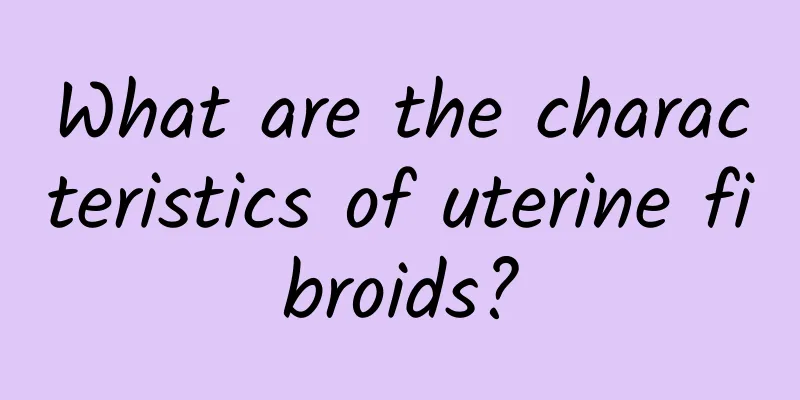
|
What are the characteristics of uterine fibroids? The incidence of uterine fibroids is very high. In recent years, with the abuse of hormones, the incidence of uterine fibroids has been increasing. Uterine fibroids not only have an impact on health, but also cause the risk of infertility in women. So, what are the characteristics of uterine fibroids? 1. Menstrual changes: The most common symptom is shortened menstrual cycle, increased menstrual flow, prolonged menstrual period, irregular vaginal bleeding, etc. 2. Abdominal mass: The abdomen is swollen, and a mass can be felt in the lower abdomen, accompanied by a feeling of falling. 3. Increased leucorrhea: Increased leucorrhea, sometimes with a large amount of purulent and bloody discharge and necrotic tissue discharge with a foul odor. 4. Pain: Generally, patients do not have abdominal pain, but often have lower abdominal distension, back pain, etc. When the subserosal fibroid pedicle of uterine fibroids is twisted, acute abdominal pain may occur. When the fibroid turns red, the abdominal pain is severe and accompanied by fever. 5. Compression symptoms: When the fibroids grow forward or backward, they can compress the bladder, urethra or rectum, causing frequent urination, dysuria, urinary retention or constipation. When the fibroids grow to both sides, they form broad ligament fibroids, which can compress the ureter and cause hydroureteral or renal pelvis; if they compress the pelvic blood vessels and lymphatic vessels, they can cause lower limb edema. 6. Infertility: Fibroids compress the fallopian tubes, causing them to twist, or deform the uterine cavity, thus preventing the fertilized egg from implanting, leading to infertility. 7. Secondary anemia: If the patient has excessive menstruation for a long time, it may lead to secondary anemia, with symptoms such as general fatigue, pale complexion, shortness of breath, and palpitations. 8. Hypoglycemia: Hypoglycemia associated with uterine fibroids is also rare. The main manifestations are low fasting blood sugar, loss of consciousness and even shock. The symptoms can completely disappear after glucose injection. The symptoms of hypoglycemia also completely disappear after tumor resection. The formation of uterine fibroids is related to long-term and large amounts of estrogen stimulation, and animal experiments have shown that high-fat foods promote the production and release of certain hormones, so the incidence of uterine fibroids in obese women is significantly increased. Therefore, cultivating good eating habits can have a certain inhibitory effect on uterine fibroids. |
<<: Why do uterine fibroids recur?
>>: How to prevent the recurrence of uterine fibroids
Recommend
Five aspects to understand the typical symptoms of uterine fibroids
Due to the influence of environment and life, gyn...
What to eat after cervical erosion surgery
After the cervical erosion surgery, there is no m...
Are chocolate cysts contagious?
Is chocolate cyst contagious in late stage? Choco...
Dysfunctional uterine bleeding is harmful
Functional uterine bleeding, also known as functi...
How to prevent habitual miscarriage? Do these 3 things
Every woman does not want to suffer from habitual...
What are the treatments for vulvar leukoplakia?
What are the treatments for vulvar leukoplakia? W...
What is MRI? How to read adenomyosis MRI?
What is MRI? How to read adenomyosis MRI? 1. MRI ...
Symptoms of adenomyosis
There are many symptoms of adenomyosis. Some pati...
Collagen + Astaxanthin helps metabolism for beauty
For girls who are implementing a weight loss plan...
Defeat fat! Spices to boost weight loss results
Spices are indispensable when cooking. Their uniq...
Will pelvic fluid flow into the uterine cavity?
Will pelvic fluid flow into the uterine cavity? U...
What causes postmenopausal bleeding? There are 3 reasons
If you still have bleeding after menopause, you n...
To lose weight successfully, eat the right food first! Microwave slimming dishes are easily served
At the age of 52, I lost weight from 73 kg to 47 ...
"New 5 Senses of Health" Labels to Help You Control Calories
When eating out, people always find it difficult ...
Is it normal to have less bleeding after painless abortion?
Is it normal to have less bleeding after painless...
